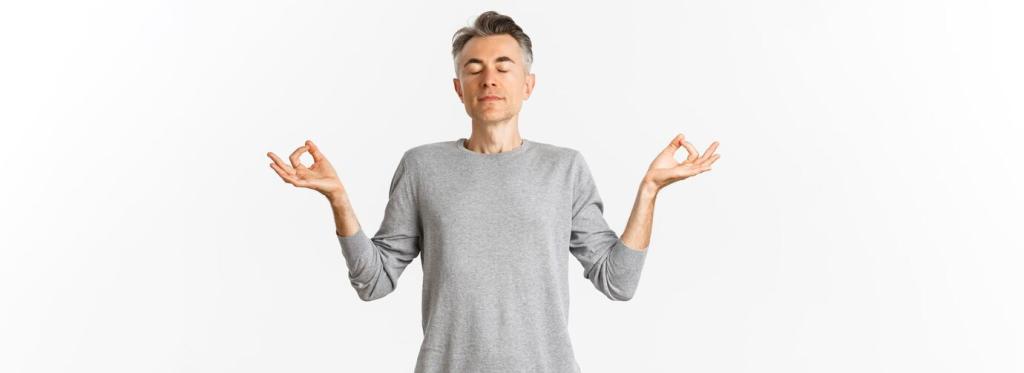Common PMR Mistakes and Gentle Corrections
PMR is not a strength workout. If you clench so hard that you shake or feel pain, you’ll teach your body to brace. Aim for firm, comfortable effort. If unsure, scale intensity to about sixty percent. Share how you calibrated your squeeze so beginners can learn from your experience.
Common PMR Mistakes and Gentle Corrections
Breath-holding spikes internal pressure and invites anxiety. Keep your inhale soft, then exhale longer than the inhale as you release. Try a four-in, seven-out rhythm. If dizziness occurs, shorten the exhale gently. Tell us which breathing pattern pairs best with PMR for you, and why it helps.
Common PMR Mistakes and Gentle Corrections
Tiny areas like the jaw, tongue, eyes, and hands carry surprising stress loads. Include them intentionally. A gentle eye squeeze followed by release can soothe screen fatigue, while relaxing the tongue softens the throat. Post your most surprising tension hotspot and the PMR move that finally eased it.






